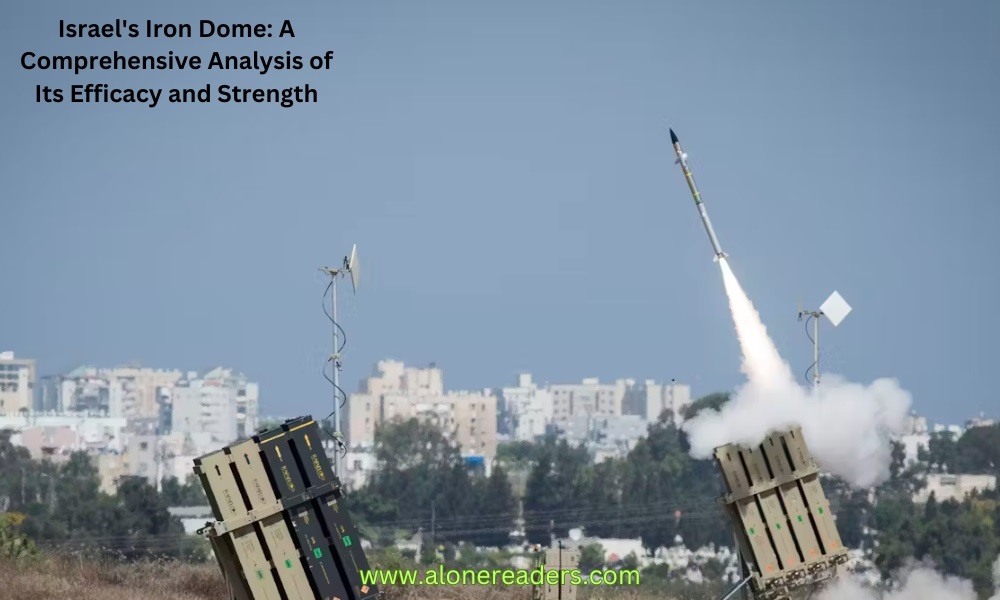
Israel's Iron Dome is one of the most talked-about air defense systems in the world today. Initially deployed in 2011, the system has gained a reputation for its remarkable ability to intercept incoming short-range rockets and artillery shells. The Iron Dome is not just a symbol of military innovation; it also plays a critical role in the ongoing security issues faced by Israel in a region fraught with conflict.
The Iron Dome was developed by Rafael Advanced Defense Systems and Israel Aerospace Industries, with significant funding and support from the United States. The system was designed to counter the threat of short-range rockets, a common challenge for Israel, particularly from territories such as Gaza. The necessity for such a system became urgent in the 2000s, when towns in southern Israel frequently came under rocket fire.
Technologically, the Iron Dome is a marvel of modern engineering and military technology. It consists of three main components: the detection and tracking radar, the battle management and weapon control system (BMC), and the missile firing unit. The radar system is designed to detect incoming rockets and relay information about their trajectory to the BMC, which then calculates the potential impact point and decides whether to intercept.
The actual interception process involves launching a Tamir interceptor missile that is equipped to track and neutralize the target in mid-air. One of the unique features of the Iron Dome is its ability to discriminate between threats that pose a risk to populated areas and those that will land in unpopulated regions. This selective approach not only increases the efficiency of the system but also helps to reduce costs, as not every detected threat leads to an interceptor being fired.
From a statistical perspective, the Iron Dome boasts an impressive success rate. Israeli officials have reported interception rates of over 90% during periods of heavy conflict, such as during Operation Protective Edge in 2014. However, the system's effectiveness is not merely a function of its technological capabilities. The geography of Israel, being relatively small, allows for rapid response times, and the dense population distribution means that intercepting a rocket aimed at an urban area can prevent large numbers of casualties.
Despite its successes, the Iron Dome is not without its critics and limitations. The cost of the system is a significant factor; each interceptor missile costs approximately $40,000 to $50,000, which can add up quickly during periods of intense conflict when multiple rockets are being intercepted. Additionally, the system is designed to counter short-range threats and is less effective against long-range missiles or mortar fire that comes in at a steep angle.
Moreover, the psychological impact of the Iron Dome on Israeli citizens cannot be overlooked. While it provides a significant measure of security, the very need for such a system and the regularity of its use underscore the ongoing state of alert in which many Israelis live. Conversely, it has also been credited with providing residents in targeted areas a greater sense of security, knowing that there is a high chance that incoming threats can be neutralized.
Internationally, the Iron Dome has been the subject of both praise and criticism. Some see it as a life-saving defensive measure, while others argue that it escalates conflicts by providing a unilateral defensive advantage. This debate reflects broader controversies regarding military aid and defense policy, but what remains clear is the technological prowess and strategic value of the Iron Dome within Israel's military infrastructure.
As conflicts evolve, so too does the technology to defend against them. Israel continues to develop enhancements to the Iron Dome, expanding its capabilities to intercept drones and other aerial threats. Collaborations and funding from other countries, particularly the United States, play a crucial role in these developments.
In conclusion, the Iron Dome stands as a significant technological achievement and a critical component of Israel's defense strategy. While it is not a universal solution to conflict, it provides a powerful means of protecting civilian populations from specific types of threats. As technology and threats evolve, the Iron Dome will likely continue to be an important asset in the quest for regional stability and security.